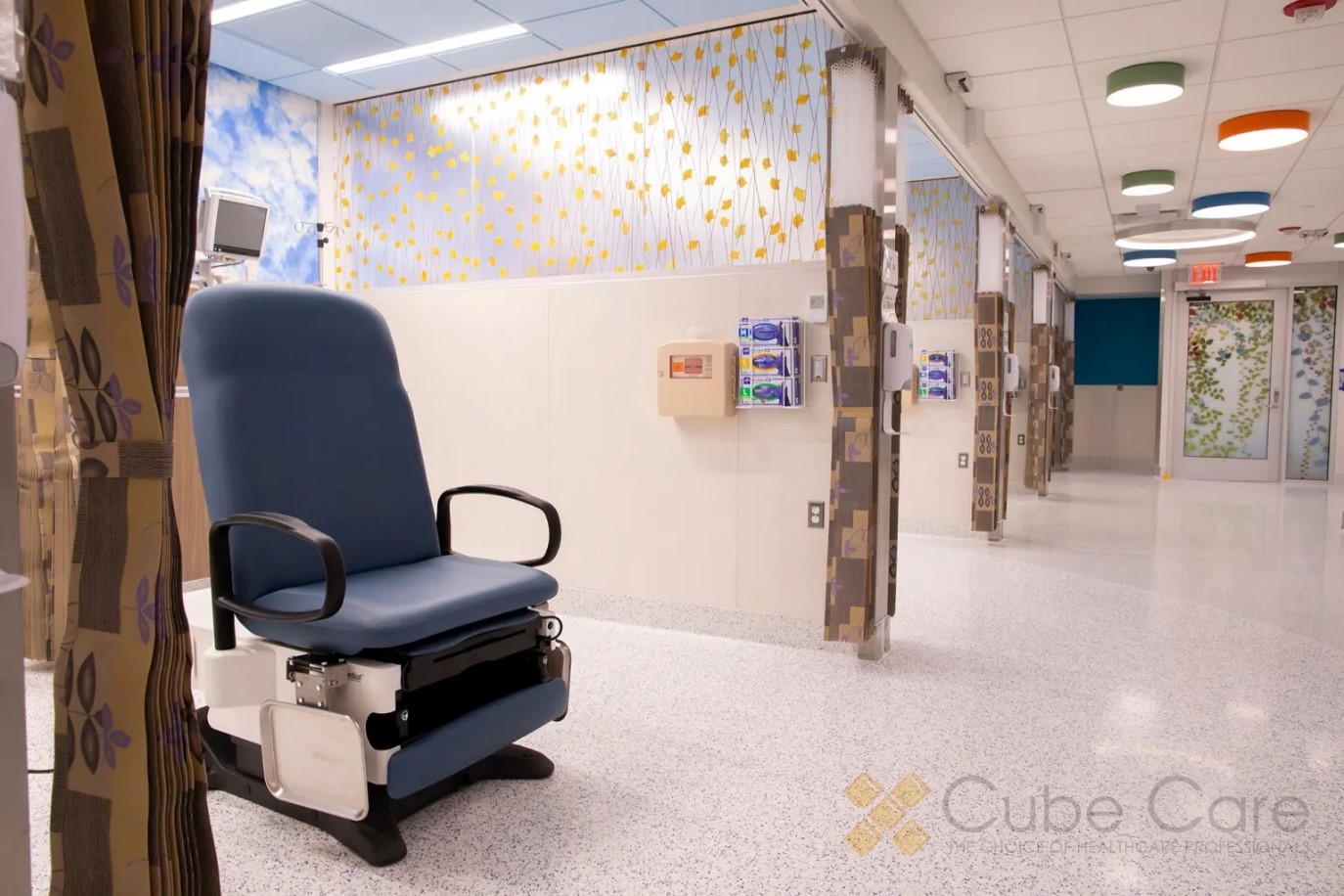The paradigm shift toward disposable bedding in hospitals reflects a commitment to elevating patient care, reducing costs, and aligning with sustainability goals. While the benefits are substantial, navigating the implementation process requires careful consideration and strategic planning.
However, as with any transformation, the implementation of disposable bedding in hospital settings comes with its unique set of challenges. This blog aims to explore these challenges, providing insights into overcoming obstacles and ensuring a seamless transition to this innovative healthcare solution.
Cost Challenges
Many initially view disposables as far more expensive, considering the upfront purchasing costs compared to laundering existing linens. When factoring in other savings from reduced utilities, staffing, and linen replacement, though, disposable bedding ends up comparable or even cheaper in the long run. Facilities can also offset costs by using disposables more strategically instead of facility-wide, such as in isolation rooms or operating suites with higher contamination risk.
Clinician Resistance
Another roadblock can be pushback from clinicians used to certain linen protocols for decades. Suddenly, changing engrained procedures often incites skepticism and even resistance without adequate onboarding. Make gaining buy-in a priority through ongoing education about the proven benefits of evidence-based studies. Incorporate constructive feedback to ease growing pains when transitioning various hospital units’ bedding approach step-by-step.
Environmental Considerations
Some express reasonable concerns over the environmental impact of disposable medical waste, too. Luckily, many disposable bedding manufacturers now utilize recyclable and renewable materials like sustainable TENCEL fibers. While safety remains the top priority, hospital sustainability committees help recommend balancing infection prevention with ecology goals.
Storage and Stock Monitoring
Once past the decision hurdles, perhaps the biggest challenge comes down to inventory and logistics. Where do we store disposable bedding to prevent shortages with limited space? Set automatic reordering points customized by usage level so inventory gets replenished before completely running out. Given the vast variety of shapes sizes for different hospital beds, and patient conditions, seek guidance to determine ideal par levels.
Final Words:
Change triggers uncertainty and problem-solving. However, moving towards more disposable bedding achieves substantial dividends in infection reduction and streamlined operations. Collaborate cross-functionally to get creative amid obstacles.
Stay open to feedback while keeping focused on end goals backed by clinical evidence. Protect patients, budgets, and the environment through flexibility and balanced execution. Contact us and try a free sample of the disposable bedding kit containing pillow case, flat sheet and contour sheet and best guide you to make an informed decision about the implementation of disposable bedding for your facility.






